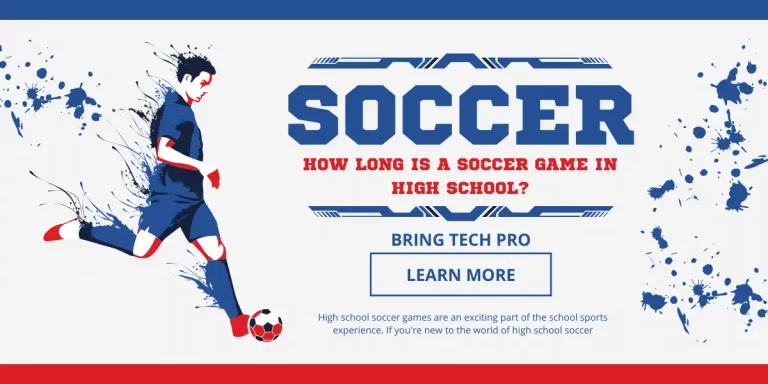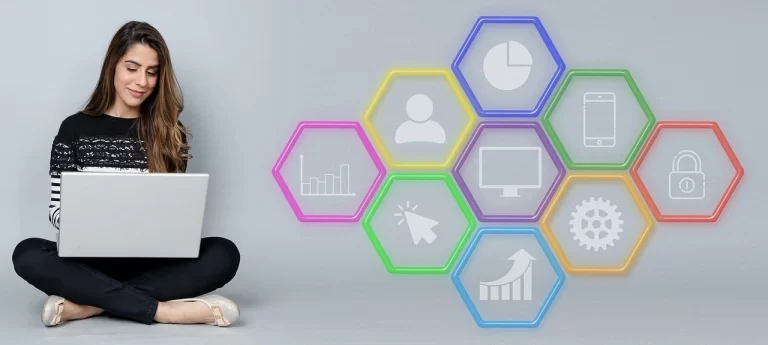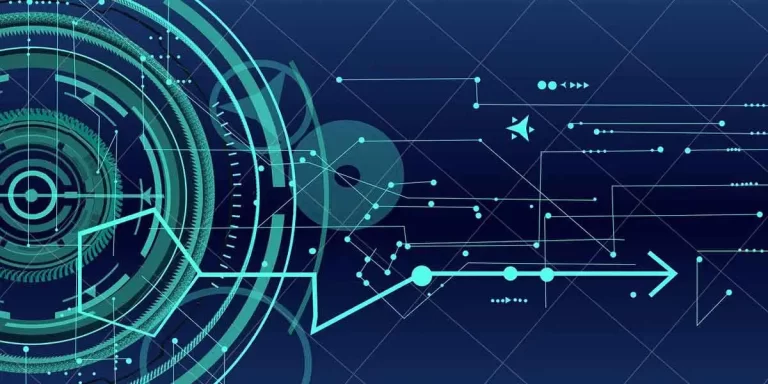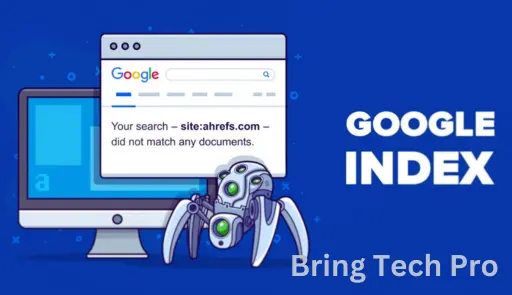What are the implications of Chat GPT, DALL-E, and other AI tools that affect how we work in the near future?
From electricity and steam power to computer technology and internet access, advances have permanently altered the nature of labor markets, pushing out specific careers and creating new ones. Artificial intelligence is an overused term — the computers with the most sophisticated algorithms do not know anything about However, technology is at an inflection point at which it’s poised to alter new types of jobs, including experts and artists implications of Chat GPT.
In particular, the development of large models of language that are AI systems that have been taught on vast quantities of text means that computers can now produce natural-sounding written languages and transform words into images. The Conversation asked five AI researchers to talk about how large-scale models of language are likely to impact artists and knowledge workers. As our experts have pointed out, the technology could be better, which can cause many issues, including misinformation and plagiarism affecting humans in implications of Chat GPT.
implications of Chat GPT to jump to the following response, here’s an overview of each
From electricity and steam power through computers to the Internet, technological advances have permanently disrupted the labor market, pushing out specific careers and creating new ones. Artificial intelligence remains untruth; the most sophisticated computer systems don’t have any knowledge, but technology is at an uncharted point and ready to change the nature of new jobs, including experts and artists.
In particular, the development of large-language models, AI systems that have been taught on massive quantities of text, means computers can now produce natural-sounding written languages and transform the words of descriptive readers into real-life images. Implications of Chat GPT the Conversation asked five AI researchers to discuss how large-scale language models will impact artists and knowledge workers as our experts have pointed out that the technology isn’t perfect, which can cause numerous issues, including misinformation and plagiarism, which affect humans.
To jump to the following answer, here’s a listing of all of them:
Buy your tickets for TNW Valencia in March!
The tech heart is moving to the center of the Mediterranean
Creativity for everyone – but is there a loss of abilities?
Possible inaccuracies, biases, and plagiarism
With human beings surpassed by machines, niche and hand-made jobs will continue to exist.
Old jobs will disappear New jobs will appear
Technology advances create new capabilities
implications of Chat GPT Creativity is for all, but is there a need for more capabilities?
“Lynne Parker, Associate Vice Chancellor, University of Tennessee”
Large-scale language models have made the process of creating knowledge and creativity available to everyone. Anyone with access to the Internet can use tools such as ChatGPT and DALL-E 2 to communicate and comprehend vast amounts of information, making, for instance, texts summary.
The most notable feature is the number of humanlike skills these models demonstrate. In only a few minutes, newbies can design illustrations for their business presentations, create marketing pitches, come up with ideas to get over writer’s block or create new computer programs to perform specific functions, and all at a level of proficiency generally associated with human experts.
The new AI tools cannot be able to read minds. A new, more straightforward type of human creativity is required through text prompts to produce what the user seeks. Using iterative prompting — a kind of AI-human collaboration, the AI system has multiple outputs until the person creating the prompts is happy with the result. For instance, the (human) winner of the most recent Colorado State Fair competition in the category of the digital artist, which was powered by an AI tool, displayed the ability to create, but not in the kind which requires brushes and an eye for texture and color.
Although there are numerous advantages to opening up the world of knowledge and creativity work to all, these brand-new AI tools have some drawbacks. They could, for instance, cause the loss of vital human abilities that will be crucial in the next few years, mainly writing skills. Educational institutions must develop and enforce guidelines on using large-language models to ensure fairness and the best learning outcomes.
AI tools
In addition, These AI tools raise concerns about the protection of intellectual property. While humans are often guided by artifacts from the world, such as buildings and artwork, writings, and music of other artists, there still needs to be an answer about the appropriate and fair use of large-scale language models of open-source or copyrighted training examples. The ongoing litigation is currently debating this question, and it could be a factor in the design and future use of large-scale language models.
As the world grapples with how to deal with the consequences of revolutionary AI instruments, the general public is ready to accept these tools. ChatGPT, the chat bot ChatGPT became a massive hit along with Dall-E mini’s image generator and other devices. This suggests an enormous potential for creativity that is not fully explored and the necessity of making innovative and technical work accessible to everyone.
implications of Chat GPT Possible inaccuracies or biases, as well as plagiarism
Daniel Acuna, Associate Professor of Computer Science, University of Colorado Boulder
I frequently use GitHub Copilot, a tool to assist people in writing computer code. I’ve played for hours with ChatGPT and other similar devices for AI-generated text. Based on my experiences, the tools effectively explore ideas I’ve never thought of.
I’ve been impressed with the ability of models to transform the instructions I’ve given them into readable code or text. They’re great for figuring out new ways to enhance the efficiency of thoughts or generating solutions using tools I didn’t even know existed. After seeing what these tools produce, I can assess their efficacy and refine them. Ultimately, they set the bar higher for the definition of creativity.
I have some concerns about implications of Chat GPT
One issue is their errors, which are both large and small. When using Copilot and ChatGPT, I’m always looking for signs that ideas are superficial, for instance, texts with no substance, code that is inefficient, or output that’s simple and untrue or incorrect, like faulty conclusion or analogies or code that does not run. If users don’t have a critical view of these programs’ output, they could be dangerous.
Recently, Meta shut down its large Galactica language model to support scientific texts because it conjured up “facts” but sounded very confident. The fear was that it might contaminate the web with confidently-sounded falsehoods.
Another issue is biased. Who can train language models to learn from biases in the data and reproduce these biases? These biases are difficult to detect in
The process of creating
Text, but are evident in models for image generation. The researchers from Open AI, creators of ChatGPT, have been cautious about what its model responds to; however, users often.
Implications of Chat GPT Find ways to bypass these safeguards
Another issue is plagiarism. Recent research has revealed that image-generating tools frequently copy work from other devices. Do you think the same happens with ChatGPT? I’m convinced that we do not know. The device could be rephrasing the training data, an advanced type of plagiarism. My lab’s research shows that tools for detecting plagiarism in the text are pretty close to catching paraphrasing.
These tools are still in their infancy due to their potential. At the moment, there are solutions to their present limitations. For instance, they could verify the authenticity of text generated against knowledge databases, employ modern methods to identify and eliminate biases from huge languages, and then run the results of these tests through sophisticated plagiarism detection software.
With humans outnumbered by machines, niche and hand-made jobs will remain
Kentaro Toyama, Professor of Community Information, University of Michigan
Humans like to believe that we are unique. However, technology and science have consistently shown this is different. Many thought humans were the only animal species that utilized tools, formed groups, or spread cultural practices, but research has proved that other animals can do all of these tasks.
In the meantime, technology has disproved every one of the assertions that cognitive functions require the human brain. Who developed the first computer for adding in 1623? In the past year, a computer-generated piece was awarded an art competition. The moment of singularity — when computers surpass human intelligence is near.
How can human creativity and intelligence be evaluated when machines are more intelligent and imaginative than the most brilliant people? There will likely be an inclination. Some still appreciate humans doing things in certain areas, even though computers can accomplish tasks more effectively. It’s been over a century since IBM’s Deep Blue beat world champion Garry Kasparov, but with all the drama, human chess isn’t going away.
In other areas, human skills will appear expensive and unnecessary. For instance, consider an illustration. Most of the time, people don’t mind if the picture accompanying an article was created by a person or an electronic device — they only need it to be current as well as exciting and fresh. If a computer can draw well, would readers care that the credit line reads Mary Chen or System X? Illustrators might, but viewers may need to be made aware.
This question doesn’t have to be either white or black
Indeed, this question doesn’t have to be either white or black. Many fields are hybrid, where some Homo sapiens can find an area, but most of the work is performed by computers. Consider manufacturing. Much of it is done with robots, but a few individuals oversee the machines, and there is a demand for hand-made products.
If experience is any indication, we’re sure that technological advances in AI will make more jobs disappear, those with human-only abilities will become wealthier but less, and people with access to creative technology will soon become super-rich. If there’s a silver lining, it could be that as more and more people become not earning a decent living and people can find the political will to stop the escalating inequality.
Mark Finlayson, Associate Professor of Computer Science, Florida International University
Big language models can be described as advanced sequence completion machines. You can give an example of a phrase (“I would like to eat”) an apple”) …”) then”). And the machine will provide probably completes (“… apples.”). Giant models of language like ChatGPT, which were trained on record-breaking volumes of phrases (trillions). Have awed many and even numerous AI researchers with how they are realistic, vast and flexible their results are.
Like any other powerful technology that automatizes a process, such as, in this instance. It is the creation of consistent, but rather generic, text, it will impact the people who provide that skill on the market. To envision what might occur, it’s helpful to think back on the effects on the market of word processing software at the beginning of the 80s. Specific jobs like typist almost wholly disappeared. On the other hand, everyone with a personal computer could quickly create well-typed documents and significantly increase productivity.
How the Old positions will be gone New positions will show up?
New positions and capacities were uncovered already unheard of, including the resume above thing MS Office.. Also, the market for premium document production was still strong, but it had become far more sophisticated, efficient, and highly specialized.
The same model is likely the case for large language models. There will only need to rely on others to create coherent, generic text. Large language models will allow different ways of working and will also generate the creation of new yet unimagined job opportunities.
To understand this, consider the following three areas in which large language models need to improve. It can take some (human) creativity to design an appropriate prompt to produce the output you want. Minor changes to the prompt can lead to significant changes to the production.
Second, large language models could produce nonsensical or inappropriate outputs without warning.
What AI researchers can tell
What AI researchers can tell, the large-scale language models have no abstract, general knowledge of the truth or falsity of a statement. what is correct or not, and what is common sense? In addition, they need help to do pretty straightforward math. The result could be wildly incorrect, biased, flawed, or simply wrong.
These failures provide potential opportunities for both creative and knowledgeable workers. To create content, even for the general public, individuals will require the judgment of human creativity. And knowledge workers to guide, prompt, collate, curate and edit, and particularly improve the output of machines. A variety of highly high-tech and highly specialized languages will be out of reach for devices for the time being. There will be new kinds of work, for instance, those that can make a career from fine-tuning their in-house language models to produce specific types of texts for particular market segments.
In the end, while large-scale language models bring disruption to be creative and knowledgeable employees. There are plenty of opportunities for those willing to take advantage of and integrate these innovative new tools.
Casey Greene, Professor of Biomedical Informatics, the University of Colorado Anschutz Medical Campus
Technology is changing the way we work as well as knowledge-based work. No exception. In the last two decades. We have seen the fields of medicine and biology change thanks dramatically to the rapid development of molecular characterization techniques. Like quick, affordable DNA sequencing and the digitization of medical care through applications, telemedicine, and data analysis.
Technological advances can result in new skills
Some technological advances seem more significant than other steps. Yahoo employed human curators to catalog new information at the birth of the World Wide Web. The development of algorithms that utilized information embedded into the links patterns that comprise. The web to prioritize results drastically changed the search landscape changing how people search for dispatch today.
The launch of ChatGPT by Open AI ChatGPT signifies another significant leap. ChatGPT is a cutting edge language model tuned to visit into an exceptionally easy to use interface. It places a decade’s rapid advancement in artificial intelligence at the users’ fingertips. The program can create good cover letters and guide users in tackling common issues using user-selected languages.
Similar to how the process of searching for information on the Internet has changed since the introduction of Google. The knowledge required to extract the most efficient results from language. Models will focus on creating prompts and templates for prompts that produce the outputs you want.
In the example of a cover letter, who can use a variety of prompts? “Write a cover letter for a job” could result in a more generic output rather than! “Write a cover letter for a position as a data entry specialist”. The user can create even more specific prompts by copying parts in the description of the position. The cover letter, or specific instructions, for instance, “highlight attention to detail.”
conclusion
As with other technological advances. How people interact with the world will shift with the advent of readily available AI models. The question is whether society will use this technology to improve equity or worsen the gap.






5 Comments